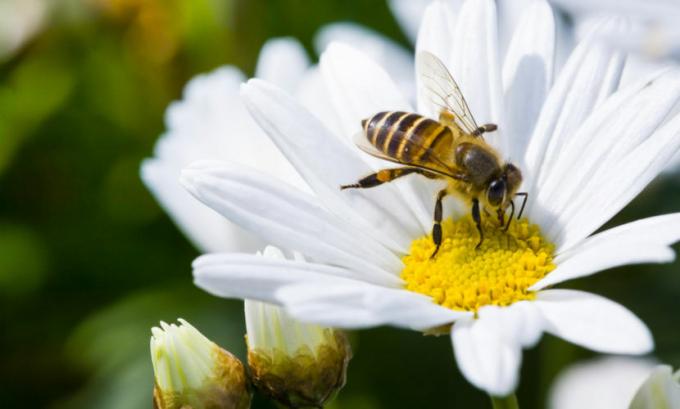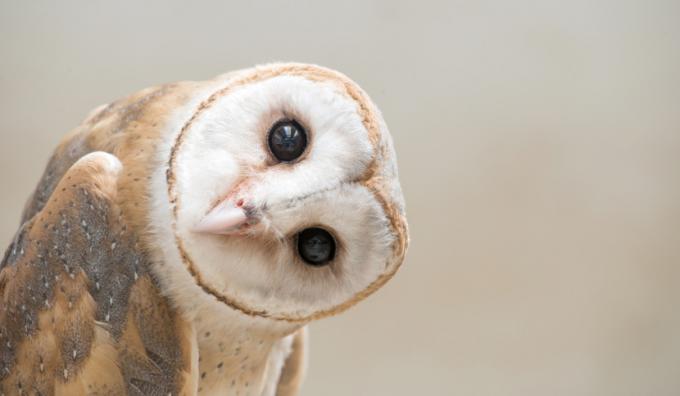Springis one of the four seasons, known as the “Flower's station”. It is considered by many to be the most beautiful of the seasons, associated with the multiple colors that can be seen in the landscape. This season occurs right after the Winter and precedes the summer.
Spring Features
The spring, as well as the others seasons of the year occur due to the Earth's translation movement, that is, the movement that the Earth makes around the Sun, causing a variation of solar energy at various points on the planet over the course of a year.
This variation ends up causing a temperature differentiation, which gives each season its particularities in terms of average temperatures, rainfall, air humidity, between others.
Spring, in addition to being considered one of the most beautiful seasons, is also considered by many the most pleasant season. This is because it is a transition season between a season of low temperatures to a season of high temperatures.
readalso:Why are flowers colorful and fragrant?

During spring, pollinating animals such as bees are most active.
As the temperature rises, becoming milder in view of the low temperatures experienced in winter, the flowering period, that is, the blooming of flowers. There are also changes in the fauna, as many animals tend to come out of their hibernation period. During this period, the activity of the pollinator animals, for example the bees, which significantly interferes in the reproductive cycle of plants.
Another feature of spring is the length of day and night. The beginning of this season is marked by the spring equinox. The equinox corresponds to the average position of the Sun relative to the Earth. This means that the Sun, at that moment, falls directly on the two hemispheres and, as a result, days and nights are of equal length. To learn more, click here: Equinoxes and Solstices.
Spring in the Northern Hemisphere and Southern Hemisphere
Spring in the Northern Hemisphere is known as Northern Spring and starts around March 20th and ends around June 21st. In the southern hemisphere, it is known as southern spring and begins around September 22nd and ends around December 21st.
Regarding Astronomy, spring in the Northern Hemisphere begins with the March equinox. In the southern hemisphere, the season starts with the September equinox. This means that spring does not occur simultaneously in both hemispheres. So while it's spring in the northern hemisphere, it's autumn in the southern hemisphere, as well as the other way around.
→ When spring starts in 2020 – Southern Hemisphere
Start |
Termination |
September 22, 2020 |
December 21, 2020 |
→ When spring starts in 2020 – Northern Hemisphere
Start |
Termination |
March 19th |
June 20th |
Spring in Brazil

Brazil is a peculiar country in relation to the seasons of the year. Many regions of the country do not have well-defined seasons. Usually, it is in the South Region that the occurrence of each one of them is more accurately seen.
Second, the Center for Weather Forecasting and Climate Studies the arrival of spring in Brazil changes the cycle of rains and also the temperatures in most of the territory. Rainfall rates tend to increase in almost all regions of Brazil during the season. Rain is common in the afternoon and early evening. This is because there is an increase in temperatures and, therefore, an increase in humidity caused by higher rates of water evaporation.
Lookalso:types of rain
The central portion of the country has the highest temperature rise due to greater radiation solar, and also because the days become longer than the night as the spring extends into the summer.
spring flowers

Tulip is one of the flowers that bloom in spring.
The main flowers that bloom during spring are:
Maidenhair
bromeliad
Calendula
cloves
Sunflower
Jasmine
Lily
Daisy
Tulip
Orchid
Tagete



